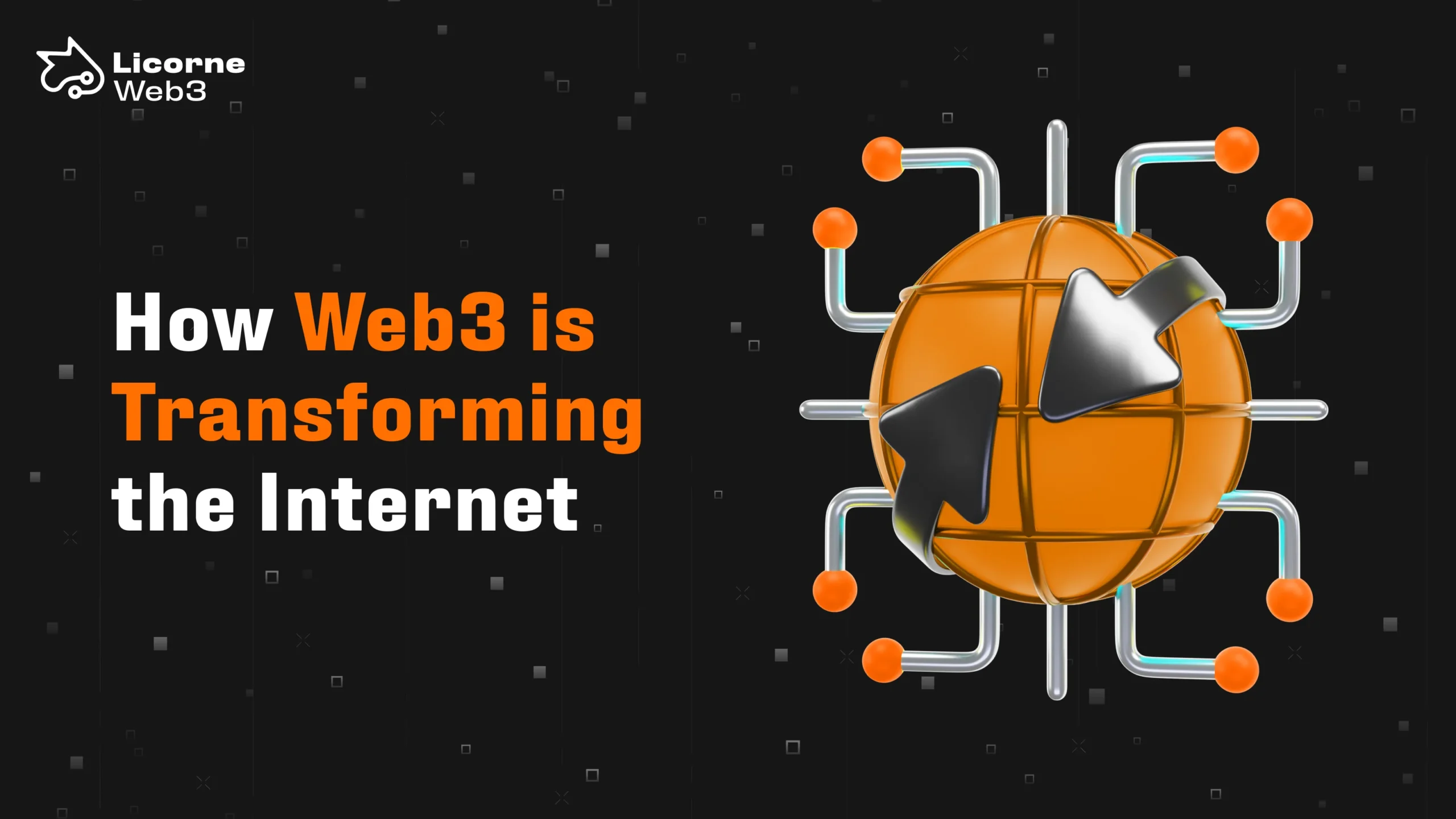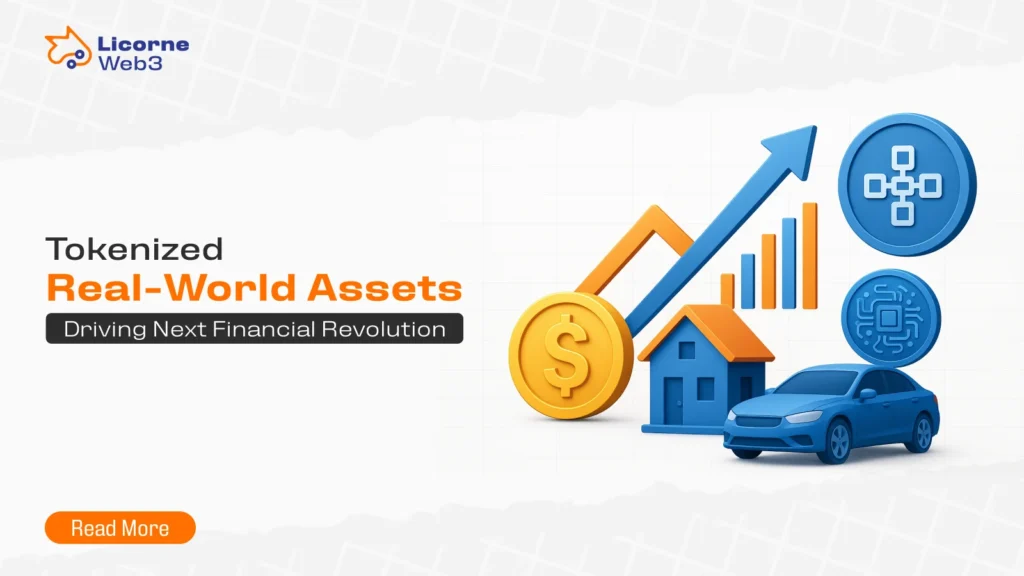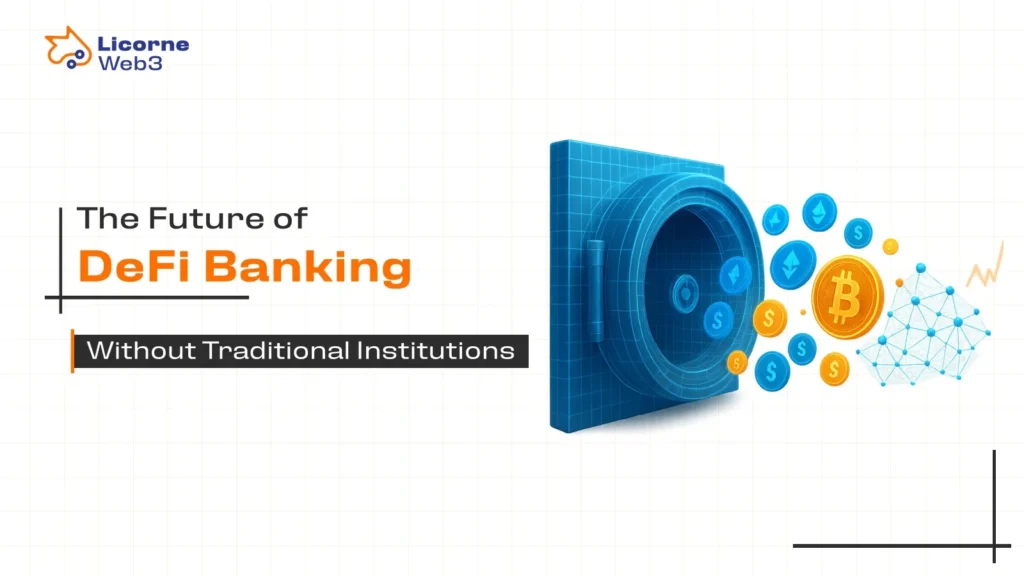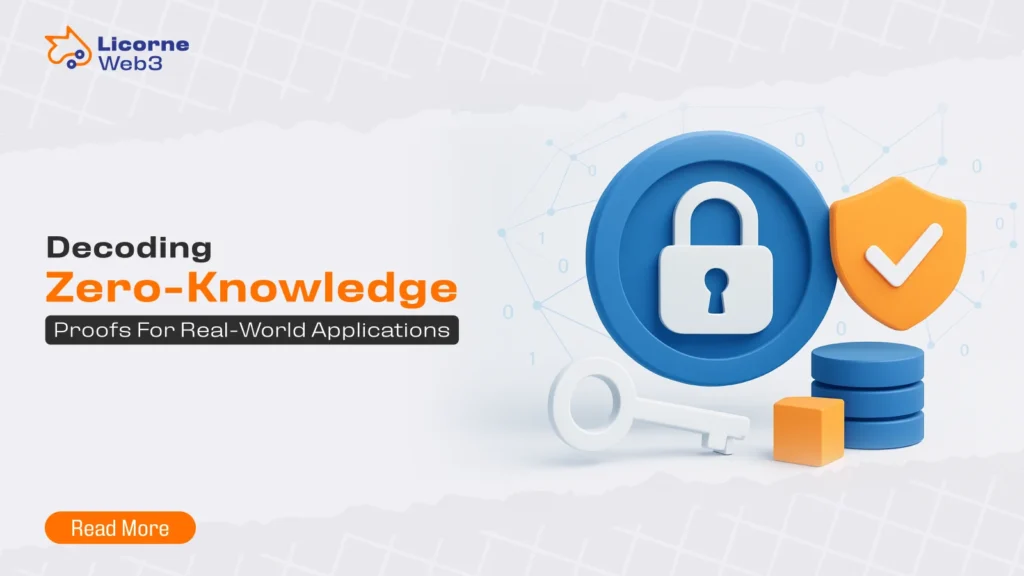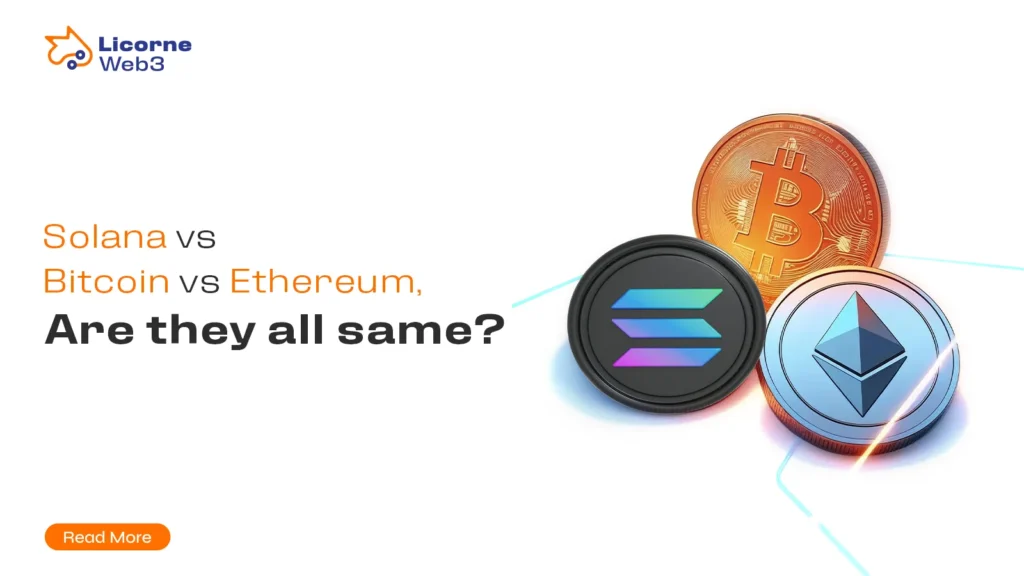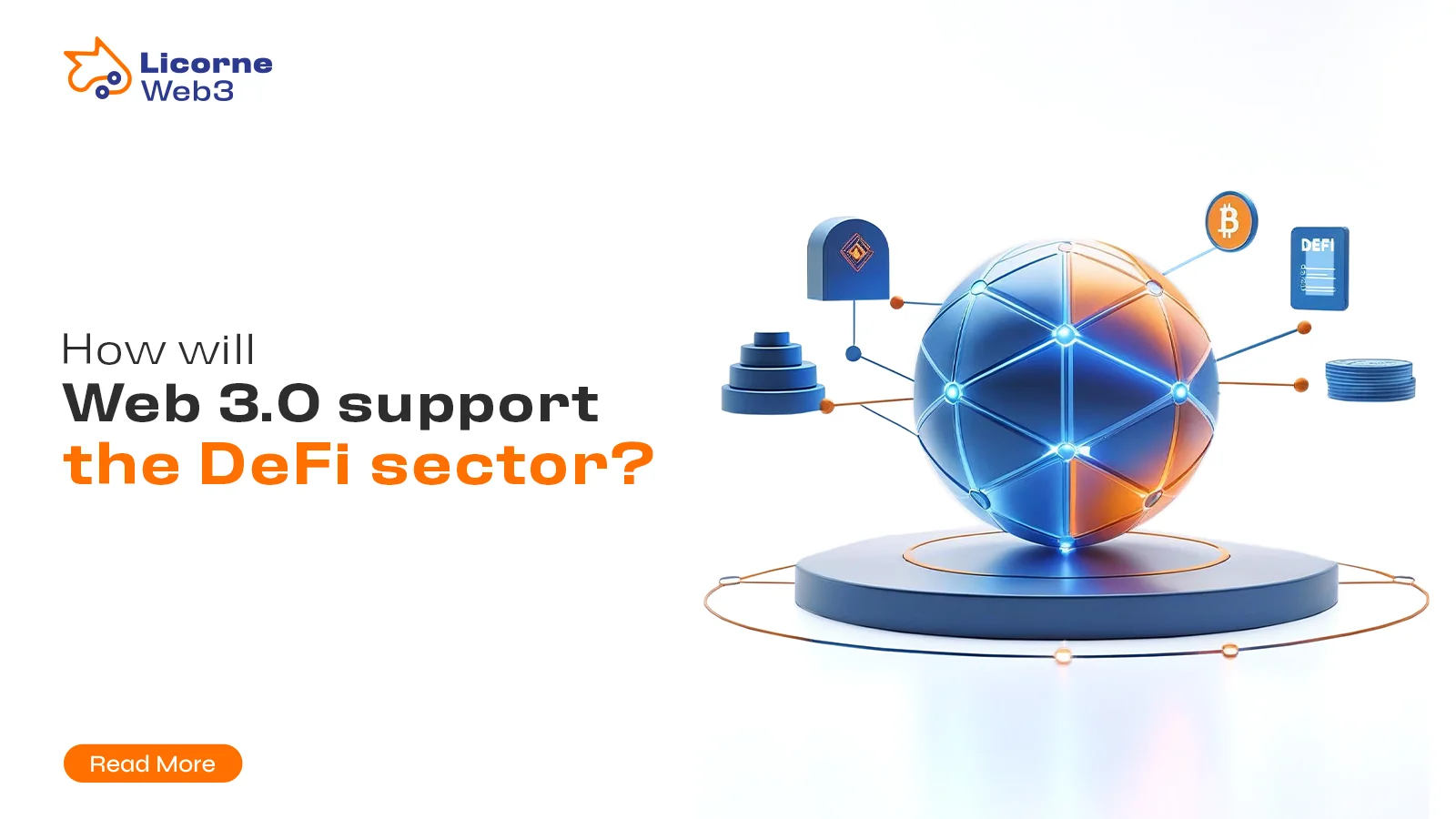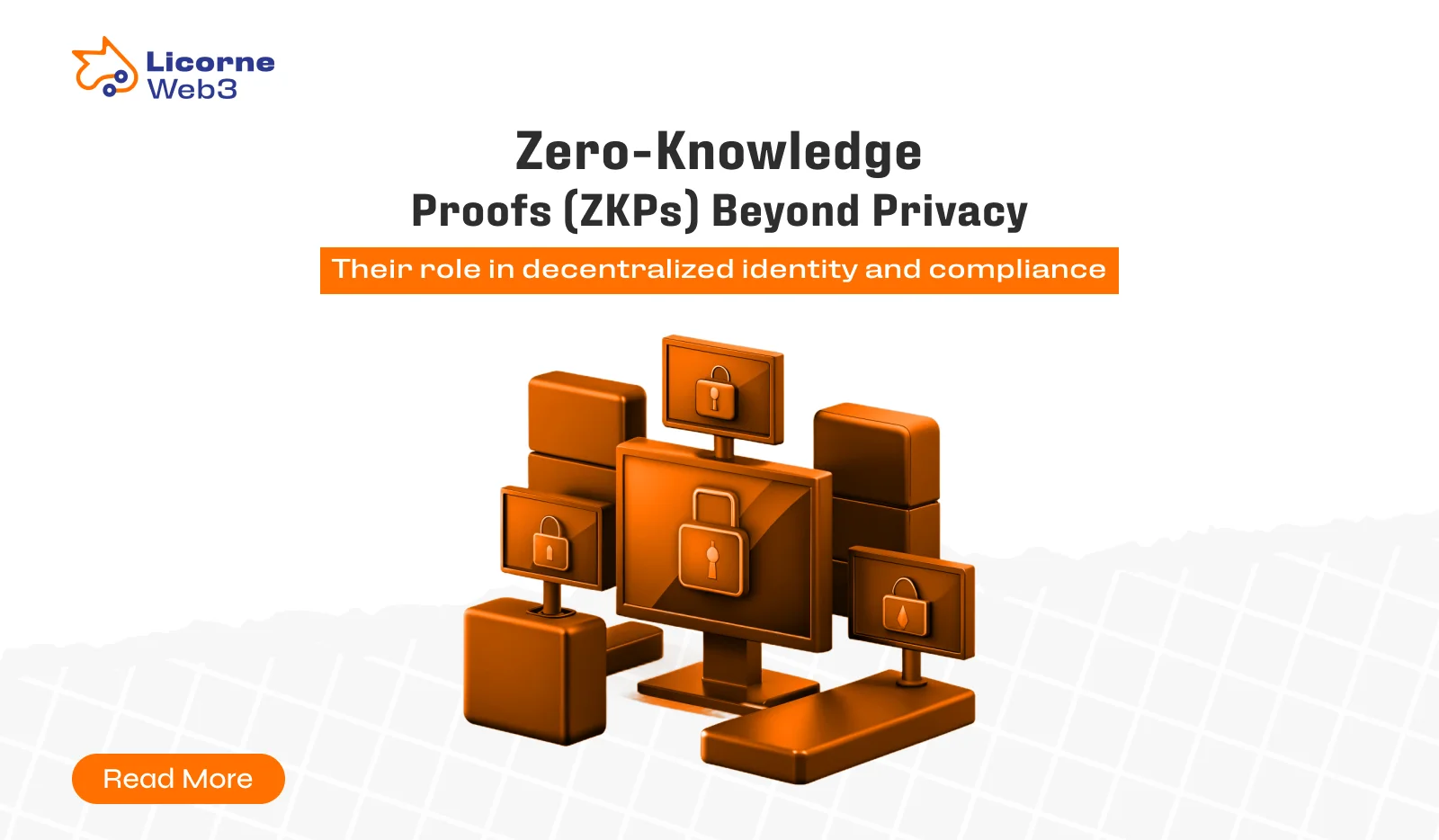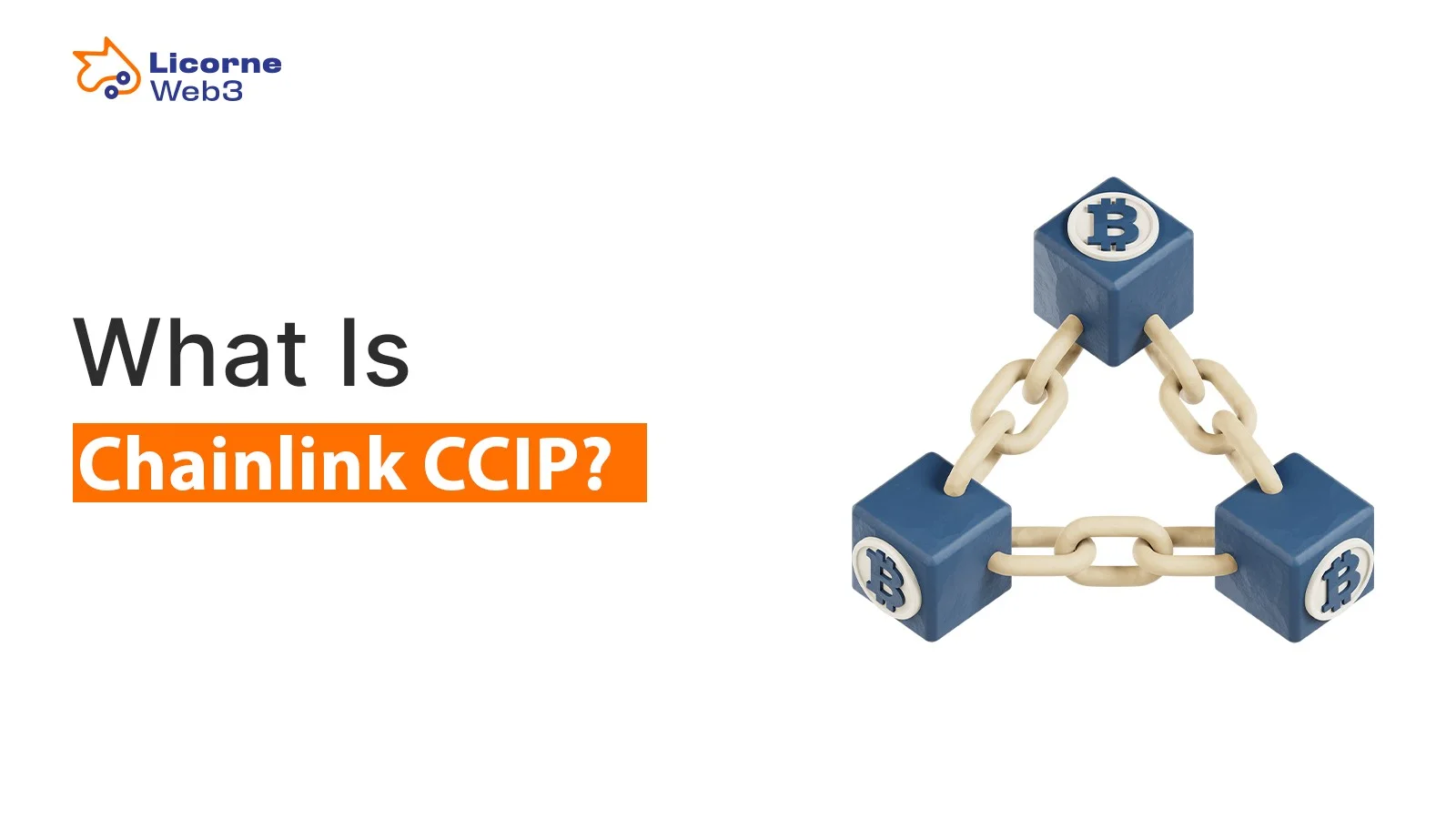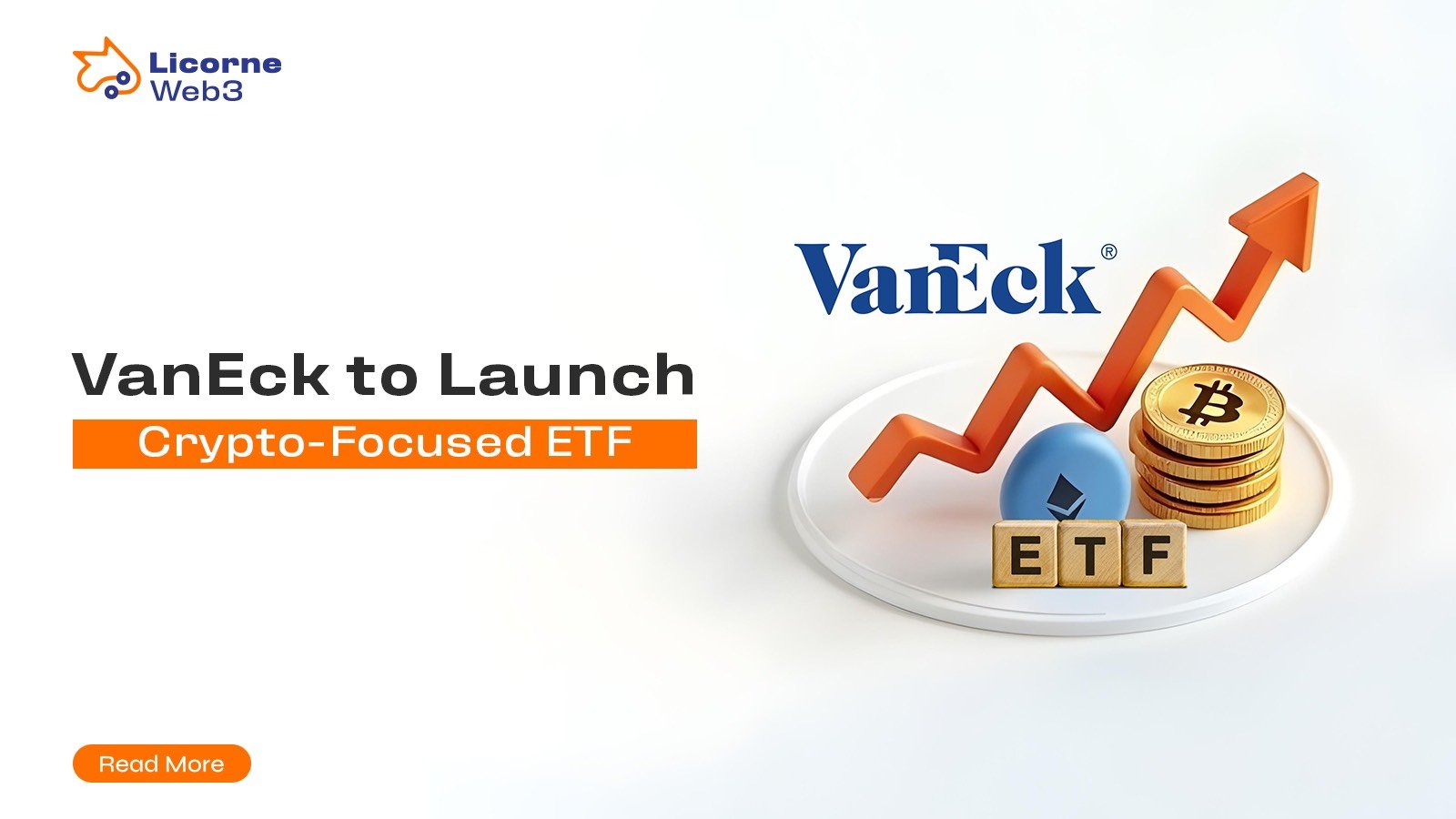Imagine an online world that’s more secure, transparent, and puts you in control. That’s how web3 is transforming the internet. Unlike Web2, which a few big tech companies dominate, Web3 uses blockchain technology to give power back to the users.
What makes Web3 so exciting?
For starters, it’s all about decentralized applications or dApps. These apps run on a network of computers instead of a single server, making them more secure and harder to hack. Plus, you have more control over your data, which is a big win for privacy.
But that’s not all! Web3 is also changing the way we do business online. With cryptocurrencies and non-fungible tokens (NFTs), people can trade and sell directly with each other, without needing a middleman. This not only saves money but also makes transactions faster and more efficient.
And let’s not forget the metaverse. This is where Web3 truly shines. Imagine virtual worlds where you can work, play, and interact with others in an immersive environment. It’s like stepping into a new dimension of the internet. Ready to jump in?
What is Web3?
Web3 refers to the third iteration of the Internet, which is envisioned as a decentralized and user-centric ecosystem built on blockchain technology. Unlike its predecessors, Web3 aims to shift control from centralized organizations to individuals, enabling direct peer-to-peer communication and unmediated communication This model builds on transparency, and security and emphasizes user control over data and digital assets.
Key components of Web3 include dedicated applications (dApps), smart contracts, cryptocurrencies, and decentralized finance (DeFi), all of which work together to create an open, fair and inclusive internet. The shift from Web2 to Web3 is like moving from a tightly controlled garden to a vast, open wilderness.
Web2 brought us the rise of giants like Google, Facebook, and Amazon, which control and manage our data. This era made the internet interactive, with social media and user-generated content. However, it also raised concerns about privacy and data control.
While web3 powered by blockchain, it puts control back in the hands of users. In Web3, you own your data, your identity, and your digital assets. This decentralized system ensures security, transparency, and innovation.
Why is this exciting? Web3 lets anyone create decentralized apps (dApps) without needing permission from a central authority. Plus, with cryptocurrencies and decentralized finance (DeFi), anyone can participate in the global economy, making it more inclusive.
In a nutshell, web3 is all about giving power back to the users, ensuring a more private, secure, and innovative internet.
Web3 encompasses several main domains, each contributing to its decentralized and user-centric vision:
Decentralized Finance (DeFi)
This domain focuses on creating financial systems that operate without traditional intermediaries like banks. DeFi platforms allow for lending, borrowing, and trading using cryptocurrencies and smart contracts.
Non-Fungible Tokens (NFTs)
NFTs represent unique digital assets, such as art, music, or virtual real estate. They enable ownership and provenance verification on the blockchain, opening new markets for digital content.
Decentralized Applications (dApps)
These are applications that run on a blockchain network rather than a single server. dApps can range from social networks to games, providing a more secure and transparent user experience.
Decentralized Autonomous Organizations (DAOs)
DAOs are organizations governed by rules encoded as smart contracts on a blockchain. They allow for collective decision-making and management without centralized control.
- Web3 Domains: These are domain names that exist on a blockchain, giving users complete ownership and control over their online presence. Web3 domains simplify crypto transactions and enhance privacy and security.
- Decentralized Storage: Technologies like IPFS (InterPlanetary File System) and Filecoin provide decentralized storage solutions, ensuring data is distributed across multiple nodes rather than stored on a single server.
- Layer 2 Scaling Solutions: These solutions, such as Ethereum’s Layer 2, improve transaction efficiency and scalability by handling transactions off-chain before finalizing them on the main blockchain.
- Zero-Knowledge Proofs: These cryptographic techniques enable transaction verification without revealing sensitive information, enhancing privacy and security in Web3 applications.
Each of these domains plays a crucial role in the broader Web3 ecosystem, working together to create a more secure, transparent, and user-controlled internet.
What Makes Web3 Different?
Web3 is particularly distinguished from its predecessors, particularly Web 2.0, by its emphasis on decentralization and user empowerment. Unlike enterprises that use centralized Web 2.0 platforms, Web3 runs on decentralized networks, ensuring flexibility and reducing reliance on intermediaries.
This decentralization gives users greater control over their data and digital assets, facilitated by cryptographic keys and blockchain technology. Transparency is another hallmark of Web3, where transactions and transactions are immutably recorded on the blockchain, improving trust without the need for third-party verification Smart contracts automate contracts, increasing productivity, and enabling financial innovation through decentralized finance (DeFi) and tokenization.
Additionally, Web3 promotes local governance through participatory organizations (DAOs), enabling users to participate transparently and democratically in the decision-making process Such changes in this advancement, innovation, and economies of scale highlight Web3’s transformative ability to reshape how individuals and technologies interact with each other online.
Which technologies support Web3?
Web3 is supported by several key technologies that enable its decentralized and user-centric functionalities
Blockchain Technology
Central to Web3, blockchain provides a decentralized and secure way to record transactions and data across networked computers. It ensures transparency, Immutability and trust in digital communication.
Cryptocurrencies
Digital currencies such as Bitcoin (BTC) and Ethereum (ETH) are an integral part of Web3, providing peer-to-peer networking and financial transactions without traditional financial intermediaries.
Decentralized Storage
Technologies such as IPFS (InterPlanetary File System) and Filecoin provide decentralized storage solutions, allowing data to be stored on a distributed network instead of on a centralized server.
Layer 2 Scaling Solutions
Technologies such as Ethereum’s Layer 2 solutions (e.g., Optimism, Arbitrum) and other scaling solutions improve transaction efficiency while leveraging the security of the core blockchain and reducing costs through off-chain transactions.
Smart Contracts
These are contracts of their own with terms directly enshrined in the Act. Smart contracts streamline contracts and transactions on blockchain platforms like Ethereum, enabling complex applications like Decentralized Finance (DeFi) and Decentralized Autonomous Organizations (DAOs).
Zero-Knowledge Proofs
These cryptographic techniques enable confidentiality storage and data verification on the blockchain without revealing sensitive information, improving privacy and security in Web3 applications.
The Impact of Web3 on Businesses
More and more companies are asking, “What problems can Web3 solve?” and “How can Web3 change the future?”. Because of this, businesses are jumping on the Web3 train and introducing blockchain-based services. The number of companies accepting crypto has rapidly grown during the last few years. Also, blockchain-native companies are introducing products and services in areas such as virtual marketplaces, decentralized finance, and more. Business adoption of Web3 is a long way from becoming dominant. However, the current growth of business adoption is a good indicator for answering questions such as, “What is the future of Web3?” and “How will Web3 change the world?”.
Why do you need Web3?
Web3 is important because it makes the internet secure and users themselves control it. In the past, Web 2.0 relied heavily on large corporations to manage our data and communications online. However, Web3 changes this by using blockchain technology, which allows us to store our data and decide who has access to it. Additionally, it encourages new ideas and apps that anyone can use and improve, without needing permission from a central government. This circuitous approach not only increases privacy but also ensures transparency and reliability of communications.
Moreover, Web3 opens up new investment opportunities through digital currencies and decentralized finance, making it easier for everyone to participate in the global economy. Web3 aims to give individuals more control over their online experiences while promoting fairness, security, and innovation in the digital world.
What is the Future of Web3 Internet?
Web3 brings about numerous technological innovations that are transforming key aspects of everyday life. However, how web3 is transforming the internet, we’ve described the key reasons why Web3 is the future of finance and technology, but how can Web3 change the future for society at large? Web3 promotes financial freedom and helps build the foundations of decentralized token economies. Nevertheless, the future development of the Web3 era isn’t entirely clear.
According to available data, the blockchain and crypto market is rapidly growing, but Web3 adoption still has much to go. The fundamental prerequisites for mass adoption of Web3 are business adoption and the onboarding of individual users.
Furthermore, Web3 education helps expand user interest in Web3 solutions. Many people still aren’t aware of the benefits of Web3, and only 300 million people are using crypto today. In conclusion, there’s a lot of room for growth in the Web3 industry, and the growth pace will be a key factor in determining the answer to questions like, “What is the future of Web3?”.
Final Thoughts
In my opinion, Web3 is greater than just some tech improvement, it’s flipping the script on how we use the net. Imagine having the power to control your data and online experiences, all while enjoying top-notch security and transparency. That’s what Web3 is bringing to the table, and it’s pretty exciting stuff.
If you’re like me, curious approximately where tech is headed, now’s the right time to jump into Web3. Whether you’re into exploring decentralized apps, getting in on the motion with DeFi and NFTs, or just obsessed with a fairer net, there’s a gap for you on this new digital frontier.
So, permits get informed, get involved, and help form this notable new landscape. The future of the internet isn’t just on the horizon, it’s going on right now, and it’s greater interesting than ever!
Author
-

Blockchain Writer & Web3 Expert
View all posts
Areej Maqbool is a Blockchain writer and thought leader with over 5 years of experience in crafting compelling narratives and insights on blockchain and Web3 innovation. Her expertise spans the intersection of technology, business, and society, with a focus on decentralized applications, smart contracts, and blockchain adoption.
Key Expertise:
- Blockchain and Web3 storytelling
- Technical writing for blockchain and Web3 projects
- Thought leadership and opinion editorials
- Research and analysis on blockchain and Web3 trends


